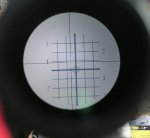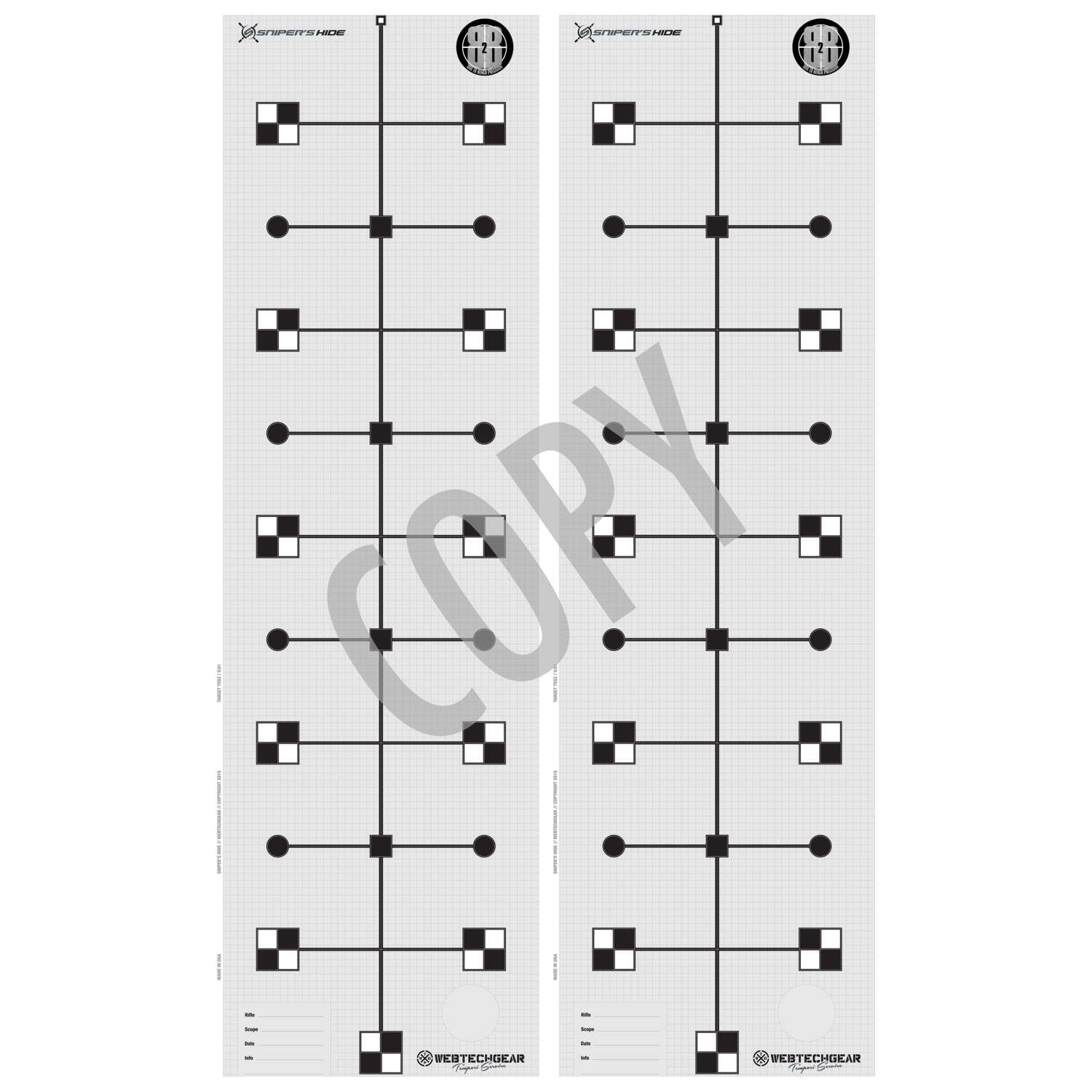Hi guys. i have a Vortex Viper PST gen2 5-25x50 with MRAD clicks.
I noticed, that if i clik 10mil on elevation, the reticle will also move about 1 click to the left. With that result, how do i calculate how many degrees the reticle is canted compared to erector travel? It is not noticeable at all to the eye when just looking throu the scope, so i guess i cant be much?
Peter
I noticed, that if i clik 10mil on elevation, the reticle will also move about 1 click to the left. With that result, how do i calculate how many degrees the reticle is canted compared to erector travel? It is not noticeable at all to the eye when just looking throu the scope, so i guess i cant be much?
Peter



